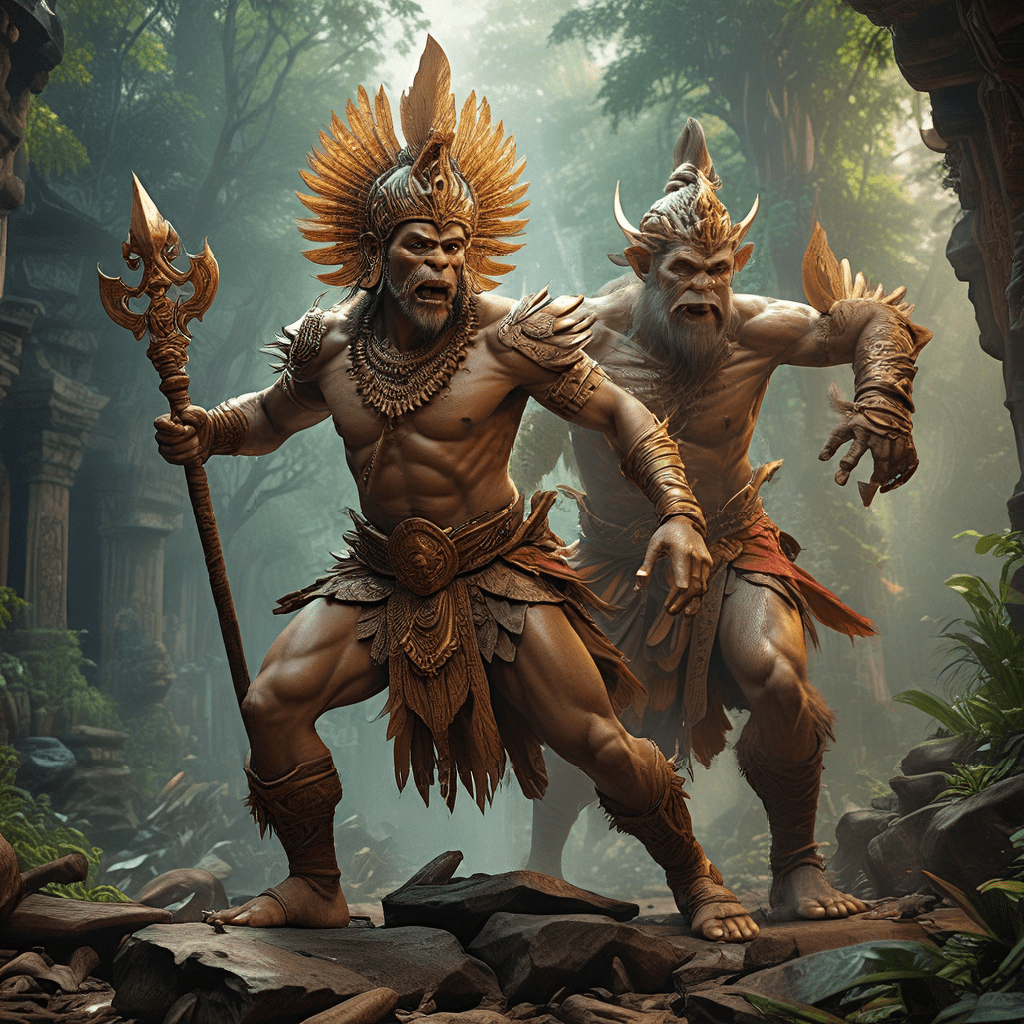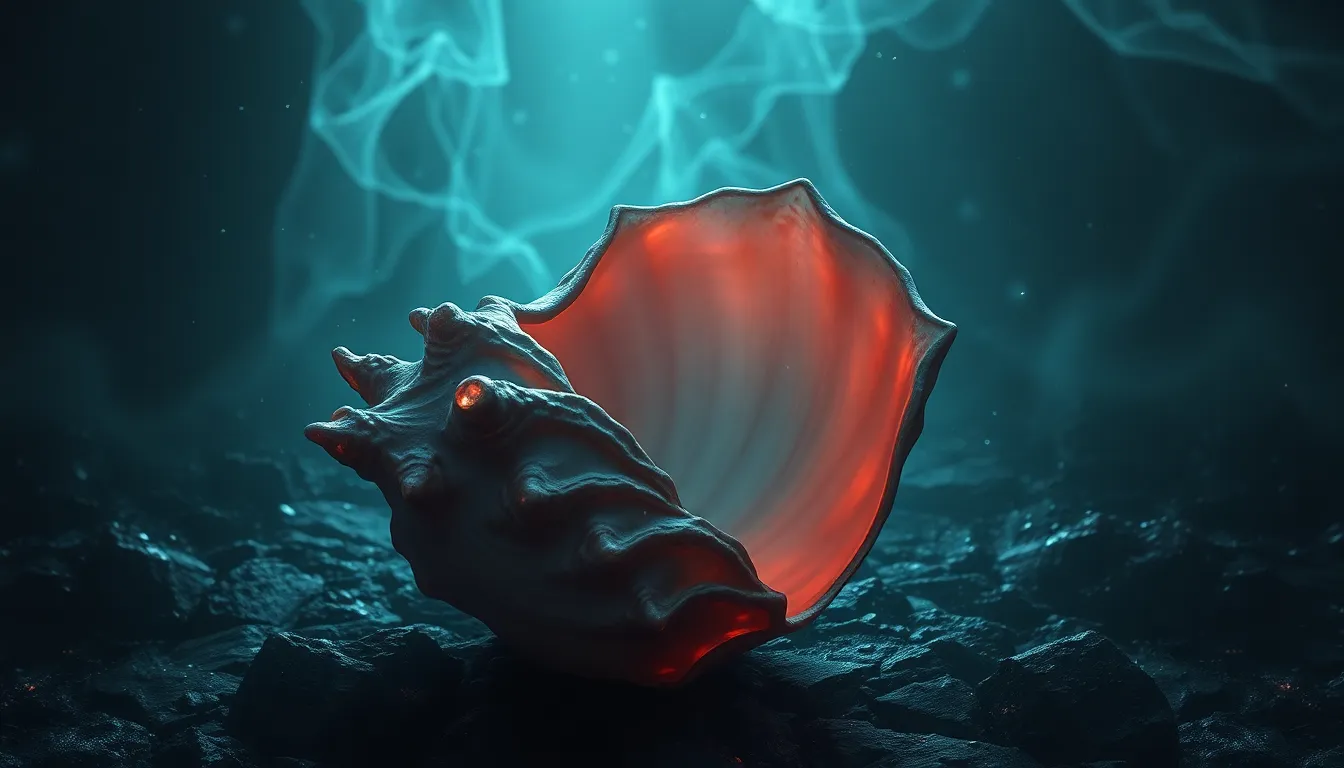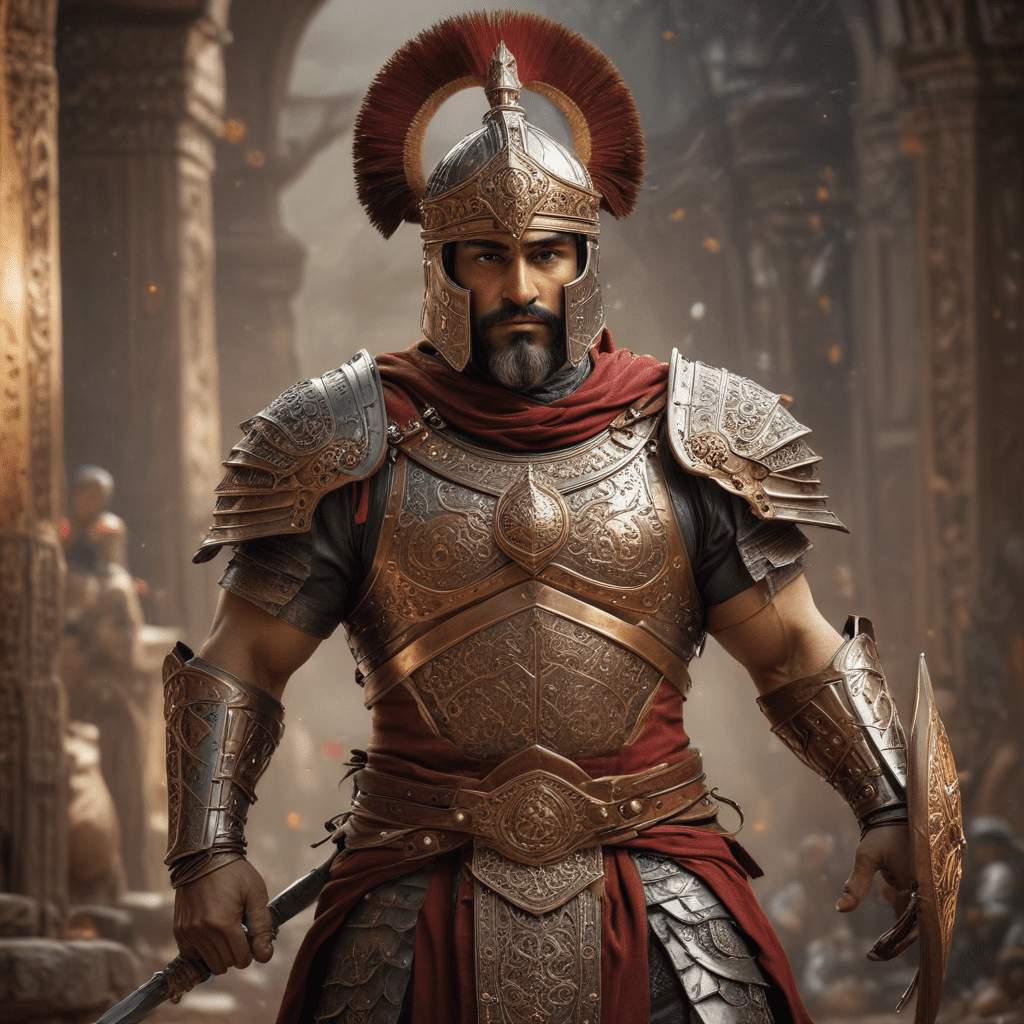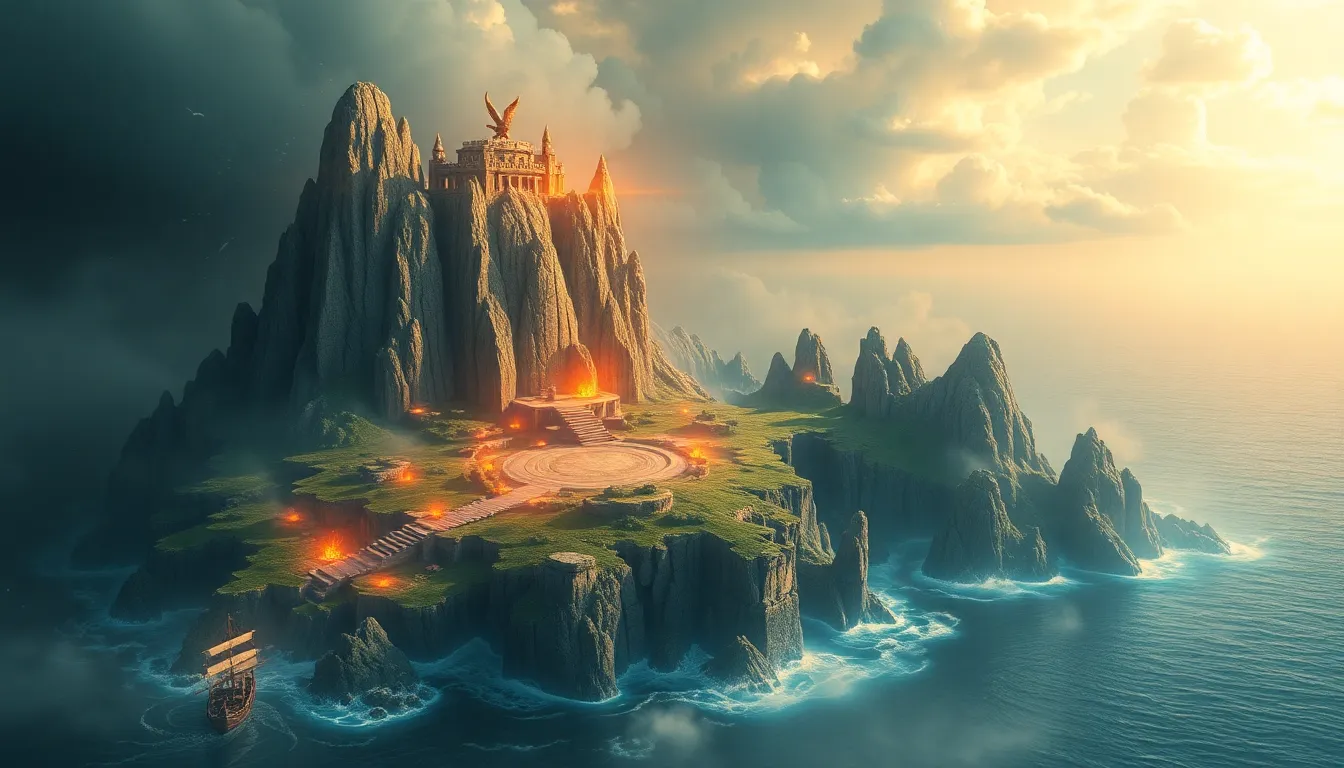Indonesian Mythology: Stories of Creation and Destruction
Indonesian mythology is a rich tapestry of ancient stories woven from the threads of creation, destruction, and the enduring spirit of humanity. It's a vibrant collection of myths and legends that reflect the diverse cultures and beliefs of the Indonesian archipelago, shaped by centuries of oral tradition and storytelling. These myths offer insights into the beliefs, values, and worldview of the people who created them, offering a glimpse into the ancient wisdom that continues to resonate with modern Indonesians.
A Tapestry of Myths: Introduction to Indonesian Mythology
Across the vast Indonesian archipelago, a vibrant legacy of myths and legends has thrived for centuries. From the lush rainforests of Sumatra to the volcanic peaks of Java, each island boasts its unique stories, each a testament to the creative spirit and imagination of the Indonesian people. These stories, often passed down through generations via word of mouth, encapsulate the beliefs, values, and worldview of ancient Indonesians. They explore themes of creation, destruction, the power of nature, the roles of gods and goddesses, and the profound connection between humans and the divine. Indonesian mythology serves as a bridge between the past and the present, connecting modern Indonesians to their ancestors and their shared cultural heritage.
The Cosmic Egg: A Common Theme in Indonesian Creation Myths
Many Indonesian creation myths feature a common motif: the cosmic egg. This primal egg, often described as vast and shimmering, represents the potential for all creation. Within this egg, the universe is waiting to be born. In some stories, the egg is cracked open by a divine being, unleashing the forces that shape the world. In others, the egg is broken by the actions of mythical creatures, marking the beginning of the cosmos. This motif reflects the belief that the universe originated from a single source, a powerful symbol of unity and interconnectedness.
The Divine Creators: Gods and Goddesses in Indonesian Creation Narratives
Indonesian creation myths populate the world with a rich pantheon of gods and goddesses. These divine beings often play a pivotal role in shaping the universe. Batara Guru, the supreme god, is often depicted as the creator of the world and the ruler of the heavens. Other important deities include Sang Hyang Widhi, the supreme being in Balinese mythology, and Dewata Agung, the presiding deity of the island of Bali. These deities are often associated with specific natural forces and aspects of the human experience, reflecting the profound connection between the divine and the natural world.
The Role of the Ancestors: Connecting Humanity to the Divine
Indonesian mythology often emphasizes the connection between humans and the divine through the role of ancestors. Ancestors are revered as intermediaries between the human world and the spiritual realm. They are seen as guardians of their descendants, providing guidance, protection, and blessings. Rituals and ceremonies are often performed to honor ancestors, seeking their help in times of need and ensuring their continued presence in the lives of the living. This belief in the enduring connection between generations reinforces the importance of family and community in Indonesian culture.
The Myth of Batara Kala: The Devourer of Time and the Threat of Destruction
One of the most powerful and feared figures in Indonesian mythology is Batara Kala, the devourer of time. Often depicted as a monstrous being with a gaping maw, Batara Kala represents the forces of chaos and destruction. His insatiable hunger for time threatens to consume the world, jeopardizing the delicate balance of the cosmos. In some myths, Batara Kala is depicted as a villain, a force of evil seeking to bring about the end of all things. In others, he is seen as a complex figure, embodying both destruction and renewal, a force that must be acknowledged and respected. The myth of Batara Kala serves as a reminder of the fragility of existence and the importance of maintaining harmony in the universe.
The Legend of the Volcano: Mount Merapi and the Power of Nature
The volcanic landscape of Indonesia has deeply influenced its mythology, with volcanoes often serving as symbols of the raw power of nature. Mount Merapi, one of the most active volcanoes in Indonesia, is a central figure in many Javanese myths. It is believed to be the home of the spirits of ancestors and the dwelling place of the deity, Batara Guru. The eruptions of Mount Merapi are seen as manifestations of the gods, a reminder of their power and the unpredictable nature of the natural world. The myths surrounding Mount Merapi highlight the deep connection between humans and their environment, emphasizing the importance of respecting nature and acknowledging its power.
The Stories of the Gods: Tales of Power, Love, and Conflict
Indonesian mythology is filled with tales of gods and goddesses, their love affairs, their rivalries, and their epic battles. These tales reveal the complex and often contradictory nature of the divine, offering insights into the human condition. Stories like the love story of Dewi Sri and Dewa Ruci, the goddess of rice and the god of the sea, showcase the power of love and its ability to bridge the gap between different worlds. The epic battle between Batara Guru and Batara Kala, however, highlights the constant struggle between order and chaos, creation and destruction. These tales remind us that the divine is not always benevolent and that the world is a place of both beauty and danger, where power, love, and conflict are constantly intertwined.
The Impact of Indonesian Mythology: Influence on Art, Literature, and Culture
Indonesian mythology has profoundly influenced the country's art, literature, and culture. From the intricate carvings on temple walls to the vibrant costumes worn during traditional dances, the stories of these ancient myths can be seen woven throughout Indonesian society. Myths like the story of the Ramayana, an epic tale of love and loyalty, have inspired countless works of art, literature, and theater. The myth of the Garuda, a mythical bird with the ability to fly, is a powerful cultural icon, symbolizing freedom, strength, and the power of transformation. Indonesian mythology continues to inspire and shape the creative expression of the Indonesian people, serving as a bridge between the past and the present.
The Continued Relevance of Myths: Modern Interpretations and Applications
While Indonesian mythology has its roots in ancient times, its relevance continues to resonate in the modern world. The stories of creation, destruction, and the power of the gods offer timeless lessons about human nature, the relationship between humanity and the natural world, and the importance of maintaining harmony in the universe. Modern Indonesians find inspiration and guidance in these myths, drawing upon their wisdom to navigate the complexities of modern life. The enduring power of these ancient tales reminds us that the stories we tell ourselves shape our understanding of the world and our place within it.
FAQ
What are some of the most important deities in Indonesian mythology?
Some of the most important deities include Batara Guru, the supreme god, Sang Hyang Widhi, the supreme being in Balinese mythology, and Dewata Agung, the presiding deity of the island of Bali.
What is the significance of the cosmic egg in Indonesian creation myths?
The cosmic egg represents the potential for all creation, symbolizing unity and interconnectedness in the universe. It signifies the origin of the world from a single source.
What is the role of ancestors in Indonesian mythology?
Ancestors are revered as intermediaries between the human world and the spiritual realm, providing guidance, protection, and blessings to their descendants.
How does Indonesian mythology reflect the country's diverse cultural heritage?
Each island and region in Indonesia has its unique myths and legends, reflecting the diverse cultures and beliefs of the archipelago.
Why are Indonesian myths still relevant today?
Indonesian myths offer timeless lessons about human nature, the relationship between humanity and the natural world, and the importance of maintaining harmony in the universe, making them relevant for modern audiences.



